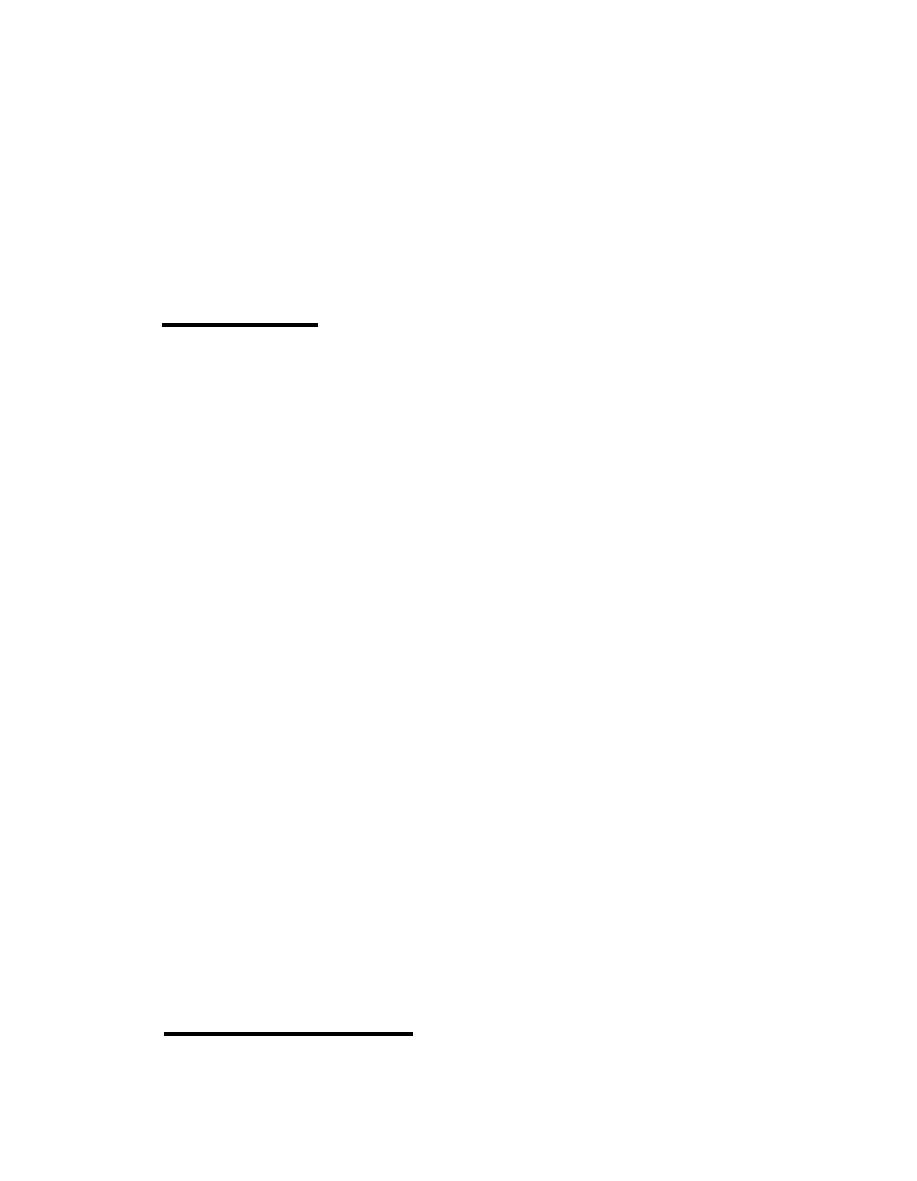

Custom Search
|
|

|
||
 spection for verification to avoid conflicts of interest and appearances of such. Therefore procure-
ments of treated wood products exceeding $1,000 in value, shall include inspection by the govern-
ment or by an inspection agency independent of the producing company using criteria established
in Section 6.1.1.3 and 6.1.1.4.
6.2 INSPECTIONS. Procurement specifications define the level of quality that is required. In-
spections are needed to verify that the products being purchased meet the material and treatment
standards specified in the procurement order.
6.2.1 Type of Inspections. Inspections may be classified according to location, i. e., at the
plant site or at destination, according to whoever employs the inspector, i.e., the producer or the
purchaser; or according to the position in the processing schedule. Pre-treatment or "in the white"
inspections are made of materials after the bark has been removed, but before treatment. Post-
treatment inspections are done after the materials have been treated.
Inspection of products prior to treatment for compliance with material specifications is performed
at the plant site. Ties, for example, are inspected for physical characteristics such as size, species,
wane, splits, shakes, etc., when they are delivered to the treatment plant and sorted prior to season-
ing. Ties which have been air-seasoned are reinspected at the time of boring and branding for
seasoning defects such as splits, shakes, decay, warp, etc. Accepted ties are then hammer-branded
on one end to signify acceptance by the inspector. Likewise, poles and piling are inspected "in the
white" at the treatment plant for compliance with the material specifications and hammer branded
on one end to signify acceptance by the inspector.
Whether the treatment plant has complied with processing parameters as specified in the procure-
ment documents can only be determined at the plant. With ties, for example, gauges and charts are
examined during and after treatment and a sample of the preservative is taken to verify that the
treatment process is being performed in compliance with requirements of the procurement docu-
ments.
During inspection at the plant it is also a convenient time for post treatment inspection of large
products, such as, piling and poles which require large, specialized equipment for handling. This
does not preclude, however, destination inspection of the same treated products.
Although some inspection programs require examination of every piece of treated material, most
inspections are performed by sampling. Sampling is utilized primarily to reduce inspection costs.
The frequency and intensity of sampling is often defined in treatment standards, but the purchaser
has the option of requiring more rigorous sampling. Although commercial wood-treatment com-
panies maintain some form of quality control through internal inspections, additional independent
inspections, both at the plant site and at destination, reduce the risk of accepting nonconforming
items.
6.2.2 Approved Inspection Agencies. Unless otherwise specified, the supplier is respon-
sible for the performance of all inspection requirements and the government reserves the right to
6-6
|
 |
|
 |
||